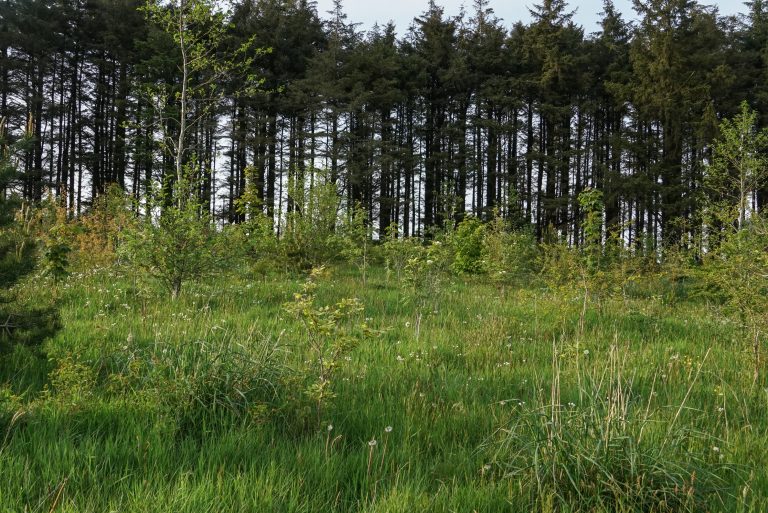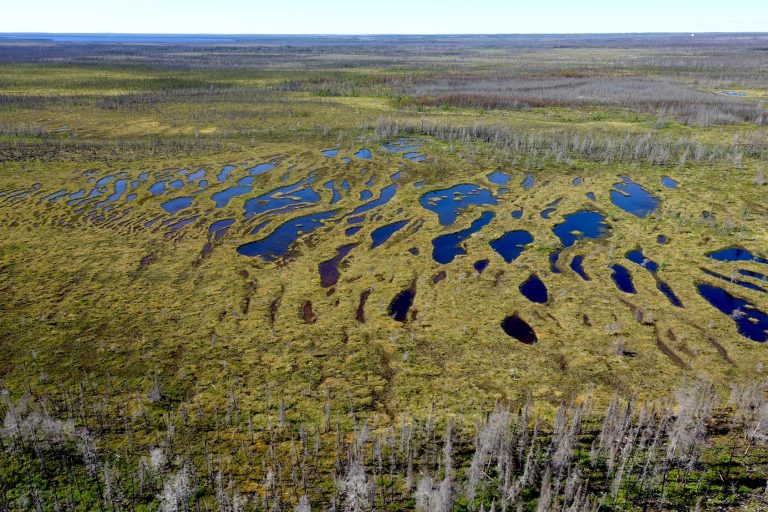The WCC a certification standard that aims to ensure the effective measurement and verification of carbon sequestration (capture and storage) in woodlands and forests in the United Kingdom. It plays a crucial role in supporting climate change mitigation efforts and net zero targets by providing a robust framework for measuring, verifying, and promoting the carbon benefits of woodlands and forests and allows entities to invest in carbon offset projects.
Trees and forests act as “carbon sinks” by absorbing CO2 during photosynthesis and storing it as carbon in their biomass and soil, so the primary goal of the WCC is to incentivise management and planting of new woodlands for drawing down and storing atmospheric carbon dioxide. It also takes into account the other benefits of woodland planting such as biodiversity improvement, air and water quality improvement and social engagement.
The Code sets out specific standards and requirements that woodland and forest projects must meet to qualify for certification which cover various aspects including tree species, planting method and management practice, and ongoing measurement methodologies.
Third party auditors assess whether a project meets the Code’s requirements and accurately quantifies the carbon sequestration and this is done to ensure transparency and credibility.




